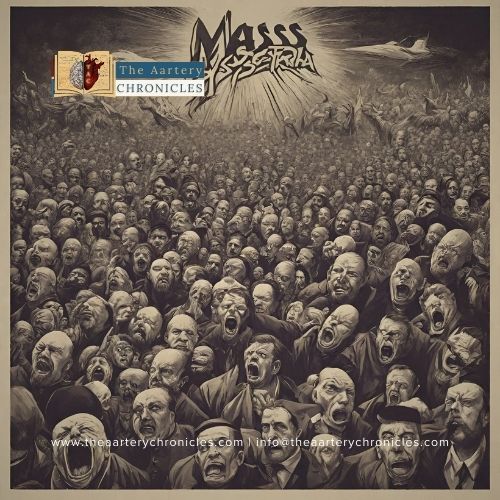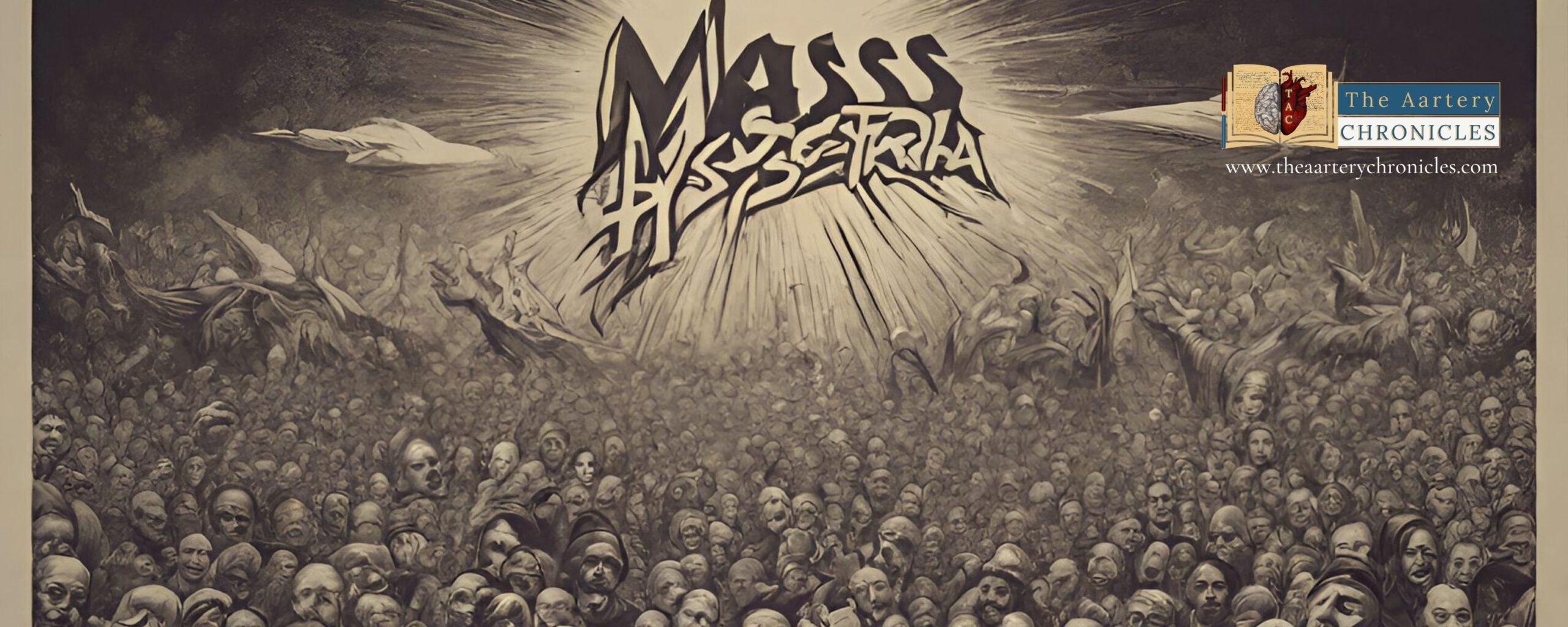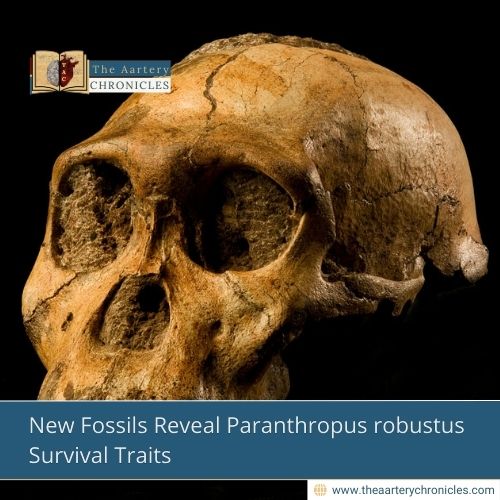

Mass Hysteria: From Lord Ganesh to Monkey Men, a Deep Dive
Have you ever found yourself caught in the grip of a collective fear, swept away by the currents of mass hysteria?
Picture the year 1995, when the mere belief that idols of Lord Ganesh were drinking the milk offered to them triggered a nationwide phenomenon.
On September 20-21, a priest, astonished, witnessed the disappearance of milk offered to the idol, sparking a widespread belief that Lord Ganesh had consumed it. This phenomenon quickly spread across India and beyond, with reports of idols seemingly consuming milk. The incident led to mass hysteria, with people flocking to temples to offer milk and seek blessings, resulting in a record-breaking surge in milk sales. In reality, it was scientifically proven to be a capillary action, where surface tension pulled the liquid from the spoon and gravity caused it to flow over the idol.
Despite the logical explanation, the event is a fascinating example of mass hysteria, as people from all walks of life stood in long queues without questioning the phenomenon. All those people were focused on just feeding the Lord, no heed was paid to anything else. No one stopped to think that there must be a logical explanation. No Sir!!
This captivating incident serves as just one example of the intriguing and complex nature of mass hysteria.
Mass hysteria is also referred to as Mass sociogenic illness, epidemic hysteria or hysterical contagion.
Fast forward to the present day, where the echoes of mass hysteria are still vivid, marked notably by the COVID-19 pandemic. The lockdowns, fear of an invisible enemy, and the frenzied rush for essentials led to behaviors that seemed irrational. In this journey through time and events, let’s delve into the behaviors and reasons behind mass hysteria, exploring examples that range from the fantastical to the stark reality of a global health crisis. Join me on this exploration as we unravel the intricate threads that weave the fabric of mass hysteria and seek to understand the underlying human behaviors that propel such collective phenomena.
Examples Of Mass Hysteria
Living in the Shadows of a Pandemic: COVID-19's Impact on Mass Hysteria
The most recent example that all of us faced was the COVID-19 pandemic. The Government had imposed a complete lockdown and there was a curfew on movement of any kind. The curfew was lifted once a week for a couple of hours and only one person from each family was allowed to visit the nearby shops and procure essentials. There were long queues outside the shops and sometimes the ration was scarce. This led to the well-educated people (who were in line) behaving most irrationally and squabbling with the others in queue or the shopkeeper. Each family had stocked up on the essential commodities as they were in fear that what if these got over? What would we do? How would we manage? We can also refer to it as a response to a collective fear/panic.
Fear-fueled Preparations
Imagine the fear of contracting such a life-threatening virus, which was dancing in their heads and playing in their minds. The residents were cooped up in their homes and not venturing out at all. Never have the roads been so deserted or the atmosphere so calm and quiet as no vehicles were plying on the roads. One thing was for sure, the pollution levels were somewhat lower at those times.
Embracing the Unconventional
The fear was such that the people believed anything and everything. Endless cups of “Kadha” (concoction of cloves, black peppercorns, bay leaves, cinnamon, honey, ginger etc.) were consumed thinking that it would keep the virus at bay.

The Ritual of Protection
Sanitizers were purchased in quantities and there was a frenzy of frequently sanitizing the hands. Endless times were the hands washed with soap/cleaners. Masks were worn and so were gloves. Children were forbidden to leave their homes. Life came to a standstill, one can say. There was the lighting of lamps (diya) one night and the clanking of utensils. All the countrymen were showing similar behavioral patterns.
This snapshot of pandemic-induced mass hysteria reflects the depths to which collective fear and panic can shape human behavior. The actions and rituals undertaken during this period provide a profound insight into the complex relationship between fear and human responses on a grand scale.
Monkey Men: A Tale of Mass Hysteria in Delhi (May 2001)
In the scorching heat of May 2001, Delhi found itself in the grip of an unusual and fear-inducing phenomenon – the emergence of the infamous Monkey Men. A severe heat wave, coupled with massive power outages, compelled residents to seek refuge on their terraces for a breath of relief. Little did they know that their quest for respite would give rise to a series of events that would be forever etched in the city’s collective memory.
- The Encounter: As the city slept on terraces to escape the oppressive heat, reports surfaced of a part-man/part-monkey creature attacking residents. Tales of bite marks on their bodies circulated, igniting a wave of fear that transcended the boundaries of reason.
- Tragic Consequences: The fear reached its peak with two tragic deaths – one man fell from a roof, and another down a flight of stairs. The terror was palpable, and the city plunged into a state of collective anxiety.
- The Reality Check: In the aftermath, the police’s medical report delivered a sobering revelation. The injuries, initially attributed to the Monkey Men, were, in fact, self-inflicted wounds. There was no trace of the mythical creatures that had gripped the city in fear.
"Mass hysteria is a reflection of the human psyche's vulnerability to the contagion of fear, an eloquent testament to the power of collective beliefs in shaping our reality."
Carl Jung
Reasons Of Mass Hysteria
Some reasons have been found in the behaviour of persons which lead to mass hysteria.
- Trigger: It is believed that something triggered this feeling of mass hysteria
- Health: Contrary to health-related conditions, mass hysteria manifests as a collective response to psychological triggers rather than genuine physical threats.
- Normalcy: It is believed that in normal circumstances they would never, ever, behave in such a manner.
- Fear: Exaggerated or non-existent fears serve as catalysts for mass hysteria, amplifying the response to situations that would typically be manageable.
Insights from Experts
Experts classify mass hysteria as a form of conversion disorder or mental health condition, where physical symptoms stem from emotional or mental tension. Sociologists view it as a manifestation of collective behavior, a spontaneous reaction within a group that influences individual actions.
The Diagnostic and Statistical Manual of Mental Disorders (DSM-III), in its third edition published in 1980, no longer recognizes hysteria as a diagnosis, reflecting evolving perspectives on mental health.
Some experts opine that mass hysteria is a reaction of collective fear to non-existent threats like some messages on Social Media, that are baseless rumours, but still, the initial reaction is that of fear. Some experts state that people who see or hear about some symptomatic person, begin to experience the same symptoms themselves!
Types Of Mass Hysteria
Experts have stated that there are two types of Mass Hysteria:
- Mass Anxiety Hysteria: This type of mass hysteria unfolds within close-knit groups, where individuals exhibit signs of anxiety that permeate the collective psyche. However, it is not a perpetual state; instead, it swiftly peaks and then gradually dissipates. The telltale signs include abdominal pain, chest tightness, dizziness, fainting, headaches, hyperventilation, nausea, and heart palpitations. These manifestations create a shared experience, albeit transient, within the affected group.
- Mass Motor Hysteria: In contrast, mass motor hysteria manifests as irregular motor functions, often lingering for weeks. This phenomenon emerges among individuals grappling with prolonged stress and tension. Symptoms extend to psychogenic nonepileptic seizures, apparent partial paralysis (pseudoparesis), or other impairments in motor function. The gradual spread of these symptoms within a group emphasizes the contagious nature of psychological distress.
A Case in Point: Leroy, NY (2011, 2020, 2021)
The incident in Leroy, NY, serves as a poignant illustration of mass motor hysteria. In 2011, high school girls started experiencing motor symptoms reminiscent of Tourette’s Syndrome, such as muscle twitches, facial tics, and altered speech. What began as an isolated occurrence gradually transformed into a collective manifestation. Astonishingly, a similar pattern emerged in 2020 and 2021 when girls and women exhibited these symptoms, particularly after exposure to TikTok videos featuring individuals grappling with tic and motor movement disorders. The mere act of witnessing these videos triggered an imaginative response, compelling them to believe they too were afflicted.
"In times of mass hysteria, the human mind, susceptible to the contagious waves of panic, reveals its capacity to create realities that often transcend the boundaries of reason."
Albert Einstein
Conclusion
The moral of the story is that we are subconsciously influenced by social media and events occurring around us. We need to understand that as rational human beings, we should not blindly “follow the sheep”, but use our judgement and react or respond to such events practically and sensibly. We need to put “two and two together” and act wisely.
Stay focused, stay rational, stay wise and bid the mass hysteria goodbye.
- Medicine and Diseases
- Nutrition and Diet
Lorem ipsum dolor sit amet, consectetur adipiscing elit. Ut elit tellus, luctus nec ullamcorper mattis, pulvinar dapibus leo.

















